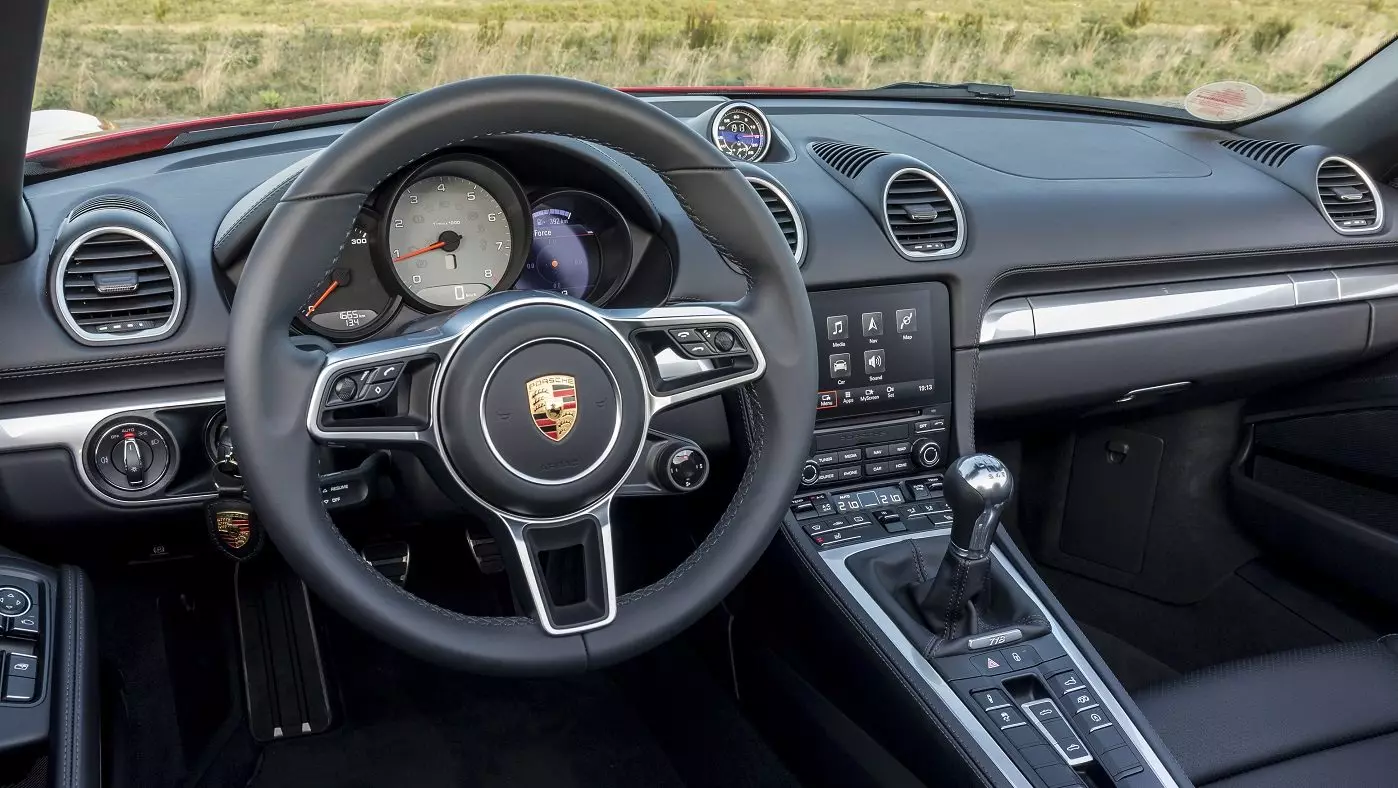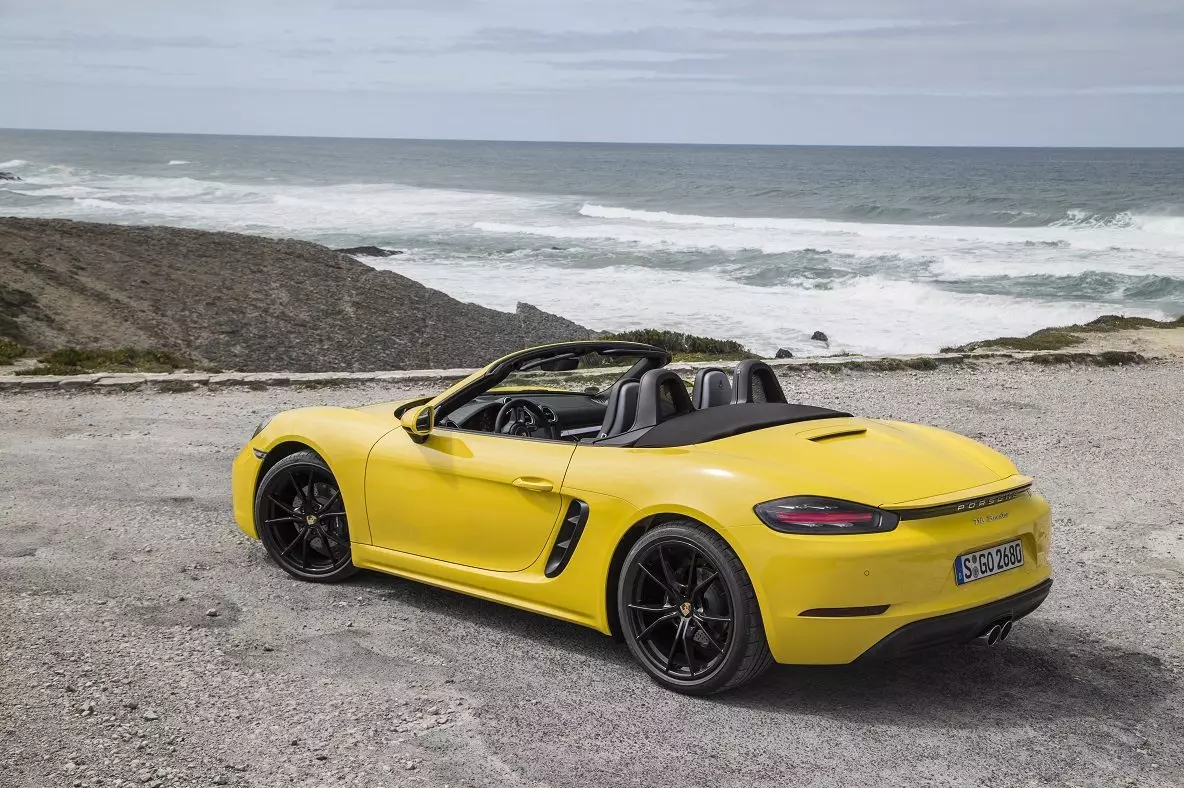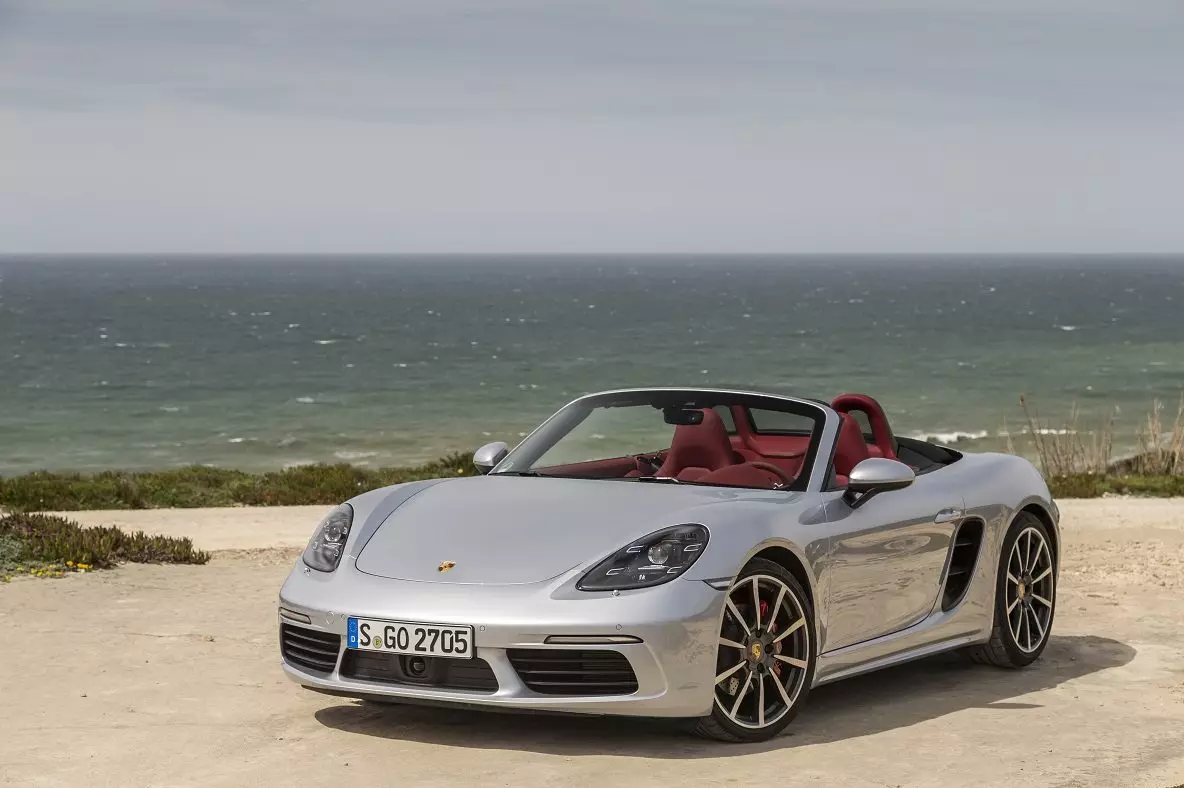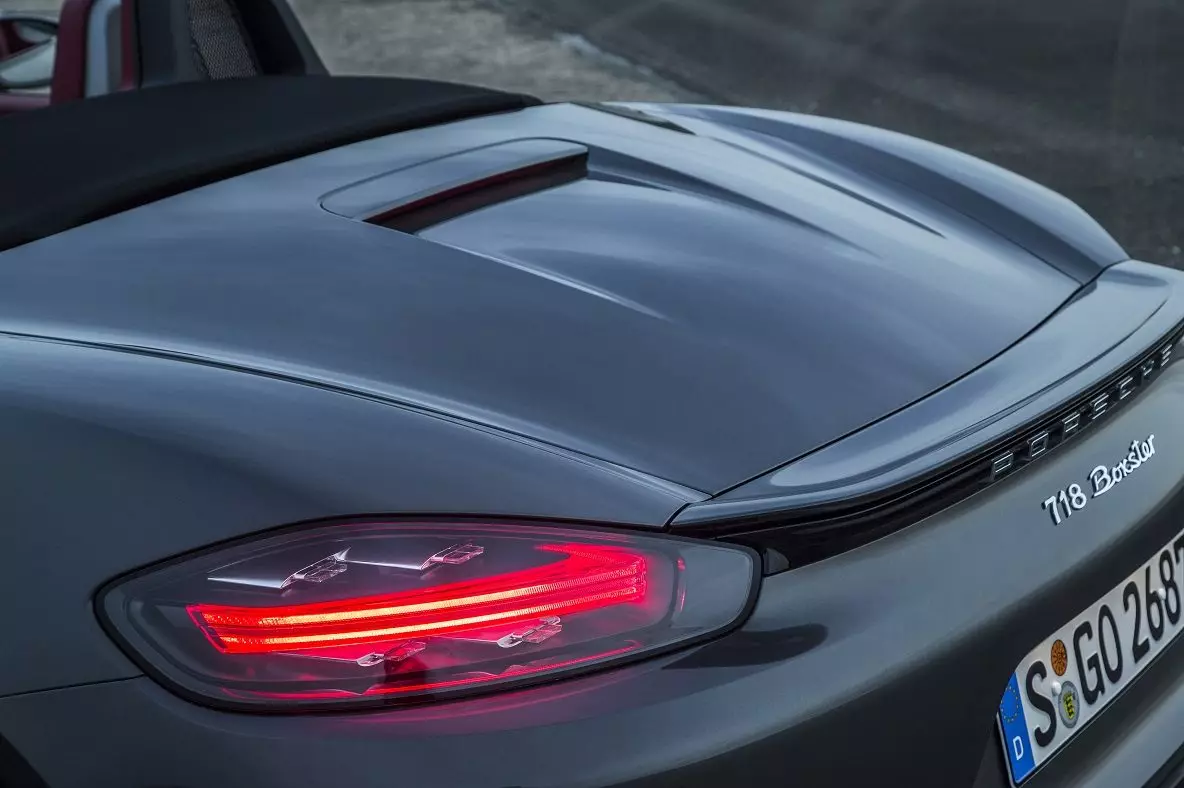What I'm going to write is not peaceful (and it's worth what it's worth…) but I think that, as a general rule, there are no enthusiasts more averse to change than Porsche enthusiasts – not the majority but they make a lot of noise.
By the will of some more radical factions in the house of Stuttgart, Porsche would never have manufactured the Boxster (986), the Panamera, or the Cayenne. The first because it was the Porsche "of the poor", the second because it was a saloon, and the last because it was an SUV and Porsche, a brand with such a tradition in motor sports, should not make familiar nor SUV's.
I could also talk about 914, 924 or 928 – that the only sacrilege they committed was not calling themselves 911 – but I think I've already made my point. Had Porsche listened to this conservative minority and today the brand would certainly not exist as we know it – and it wasn't for the better…
Irony of ironies, unlike a significant fringe of its enthusiasts, Porsche has always been a brand focused on the forefront and innovation. That alone explains the survival and success of such a small brand, both in the sports scene and in the production of series vehicles. Porsche, better than anyone else, has always known how to interpret the evolution of the times and act accordingly.
New times, new formula
The new Porsche 718 Boxster is also the child of this constant interpretation that Porsche makes of the «new times». No matter how noble and melodious the old powertrain was, the increasingly strict environmental regulations are not compatible with romanticism and the brand founded by Ferdinand Porsche knows this better than anyone else.Faced with these unavoidable facts, the brand said goodbye to the old atmospheric flat-six engine that equipped the 981 generation and adopted a turbo mechanic with four opposite cylinders derived directly from the Porsche 911 (991.2 generation) in two versions: 718 2-liter Boxster with 2 liters 300 hp and 380 Nm; and 718 Boxster S of 2.5 liters with 350hp and 420 Nm.
Given this change – and knowing the customers it has… – perhaps Porsche felt the need to justify the adoption of a four-cylinder turbo engine with historical reasons. And for that mission, Porsche went until the 1950s to unearth the 718 name. A time when the light four-cylinder Porsche 718 RSK won at Le Mans and the legendary Targa Florio.
If the adoption of the name 718 was just to justify itself to the staunchest defenders of opposing six-cylinder mechanics, there was no need. The 718 Boxster's new engine stands by itself, with or without historical reasons in the mix.
Talking about the engine…
Given the old atmospheric units, the sound is not the same. It is not, nor could it be. In any case, anyone who hears the new 718 Boxster from afar knows that something special is coming. You don't have to be an expert in mechanics to say “yes… a Porsche is coming”. A four cylinder with race.
But contrary to what would be expected, I liked the rumble of the 2.0 liter version (with normal exhaust) more than the rumble of the 2.5 liter version equipped with a sports exhaust (which uses a by-pass valve to increase or decrease the resonance in the system exhaust). I think Porsche in the Boxster S version went to great lengths to create a flat-six-like exhaust sound. In 2.0 the sound felt more natural and less dramatic. But this is a very(!) subjective field…


Forgetting about sound, if there is a field that is not subjective at all, it is performances. And in this regard, the new turbo engines do not give the slightest chance to the old atmospheric engines. The 2.0 liter version was once again a pleasant surprise. Breathe with ease and decision up to 7,500 rpm and boost the set from 0-100km/h in just 4.7 seconds (-0.8 sec.) and only stop at 275km/h (+11km/h) of top speed. The Boxster S, thanks to its superior power, manages to reach 0-100km/h in 4.2 seconds (-0.6sec.) and reaches 285 km/h (+8km/h).
More than performance, what truly distances these two engines is the price. The 718 Boxster version costs €64,246 and the 718 Boxster S version costs €82,395. In total, there are €18,149 difference. The choice is yours: a Boxster with more than 50hp or a version full of equipment?
One thing is certain: a few generations ago I would hardly have considered buying the less powerful version, today that decision is more difficult to make. The 2.0 flat-4 engine fulfills its function exemplarily.
At the wheel
Naturally, I like aspirated engines better, but the truth is that turbo engines have evolved a lot. Talking about turbo lag in these new engines is almost a preciosity – it exists but it is small. What's more, you earn a lot in binary. As an example, on the 718 Boxster S maximum torque is available as early as 1900 rpm against the late 5300 rpm of the previous generation.
In real life, it's the difference between stepping on the gas (even in high gear) and leaving any family in a hurry, or having to go to the box for that answer.

The case changes its picture in a circuit use, where we have to shape the curves with the accelerator. Situation in which an atmospheric one gains an advantage, offering a better feeling when the objective is to conserve as much momentum in long corners or come out clean in slow corners – so they will hardly see me defending the adoption of a turbo engine in a Cayman GT4.
What's more, in everyday life, where 90% of the times we ride in cruise mode, it feels good to have a “fat” torque curve ready to catapult us away from that TIR truck in front of us. So I'm not going to mourn the loss of two cylinders or the adoption of the turbo.
Attack mode: on
Attacking the first curves on a national road, the 718 Boxster pulls back and presents an exemplary behavior: balanced, intuitive and natural. Even with wet floors there are no strange reactions. PASM (Porsche Active Suspension Management), now adjustable via a button on the steering wheel, works miracles for the behavior of the new 718. With the Sport mode selected, the whole car feels tighter and connected to the road, with no “slack” between what was our command and the output given by the car.


Porsche says that the ground connections are firmer, to better deal with the added power and lateral accelerations, even so, in «normal» mode the 718 doesn't feel more uncomfortable for that. This tuning is welcome.
There's more to life than the engine
Although it remains very similar to the previous generation, 80% of the Porsche 718's panels are new. The black lights on the rear with a new signature, and the more stylized front are the biggest news. The wheels are also new, featuring new designs.
Inside, the new PCM (Porsche Communication Management) system and the new steering wheel inspired by the 918 are the big news. Added changes make the new Porsche 718 Boxster more than a new model, an evolution of the previous model. With the exception of the sound (which isn't bad…), all the changes were for the better.
